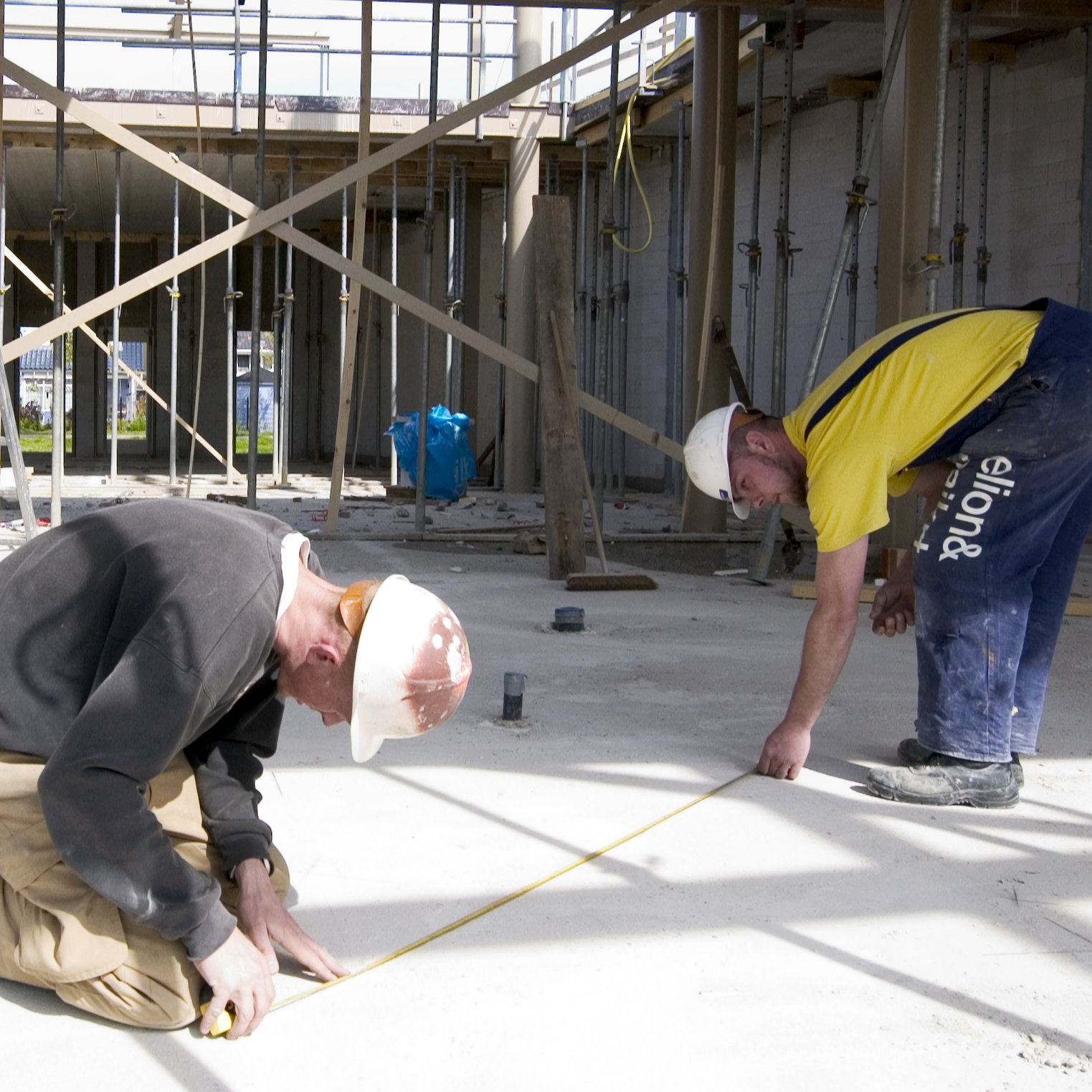The step between technology and change
Bringing about change in construction is difficult. In circular construction projects, for instance, ambitions are often not achieved because cooperation has to take place differently than what we are used to. Although circular techniques are often available, their deployment for transition to a circular construction economy does not happen automatically. Professor of Construction Cultures Alfons van Marrewijk makes the necessary connection between engineering and social sciences so that change does take place.
Innovative strength through behavioural change
Even though the domain of Architecture and the Built Environment is a mix of social sciences and engineering, a Professor of Construction Cultures was not yet part of the faculty. Professor Alfons van Marrewijk has long been involved in change processes himself. “Technical and process innovations often get stuck on the soft side of the process. In those cases, the technology is there, but it proves difficult to successfully integrate its implementation in the construction chain.” To increase the innovative strength of the sector, the Construction Cultures professorship was set up together with Bouwend Nederland. Van Marrewijk: “It is too simple to say, ‘this is just how we are going to do it’. After all, change occurs at the project, organisational and sector levels. Behaviour is present on all of these levels. For example, the City of Amsterdam can formulate ambitions to develop the city sustainably, but then municipal departments and sustainable projects must also be aligned.”
Questions from the field
For over twenty years, Van Marrewijk has been working on questions on change in the construction and infrastructure sector. With a background as an engineer and anthropologist, he has specialised in megaprojects, highly complex projects. “In this context, the question always boils down to: how do we organise this complexity?” Questions from organisations in the field mostly revolve around changing cooperations between the many partners involved in megaprojects. “That is also where my passion comes from. The subject is empirically and theoretically interesting. I use an integral perspective in which technology and behaviour are both important. That is also precisely the strength of this research area.” This perspective is therefore embedded in Construction Cultures. The interaction between scientific research and practice is also important in the professorship. “I see myself as an intermediary,” says Van Marrewijk. “I can not only switch between science and practice but also promote communication between these fields. It is a lot of fun to do so. I can immediately apply new scientific insights in change theory in chains and projects.”

From the back to the front of the chain
To show why cooperation and behavioural change in the construction chain are so important, Van Marrewijk cites the role of demolition workers as an example. “In the traditional construction chain, the role of demolishers comes at the end of the construction process. They come to clean up messes and remove the rubbish.” But in a circular process, there is rubbish: instead, the ‘waste’ is the source of new raw materials. So the demolisher should actually sit down with the architect at the very beginning of the construction process. What material is available for the architect to design with? How should the current building be demolished, so materials are reusable for the contractor? Van Marrewijk: “It is not easy to simply change a demolition company and get it to the front of the chain. Demolishers have to take on a different role, and the desired cooperation is also new for the architect and the contractor. Then it is necessary to reflect on other routines and practices. What does that mean? Will demolishers become contractors, will demolishers employ architects, will contractors buy up demolishers? These are all new issues where behavioural change and culture play large roles.”
It is too simple to say, ‘this is just how we are going to do it’. After all, change occurs at the project, organisational and sector levels.
Trade risks
Circular ambitions are not easy to achieve. “The ambition to change is usually there,” Van Marrewijk explains, “but ambitions are often diluted at the transitions from client to architect, to contractor, to demolisher. How do you keep the ambition level high, so a circular building is actually built?” Besides the level of ambition, budget is also a determining factor in circular building projects. A circular solution does not automatically mean an affordable solution. Moreover, projects are temporary by definition: they start and end, and the project manager is judged on the project result. Circular projects, on the other hand, are focused on long-term goals. “Many contextual factors come into play. And everything is subject to human behaviour,” Van Marrewijk adds. In his inaugural address on 7 October, Van Marrewijk will elaborate on the different approaches that can contribute to change in the construction sector.
More information
On Friday 7 October, professor Alfons van Marrewijk of the Department of Management in the Built Environment gives his inaugural speech ‘Constructieve cultuurverandering: kritische reflectie op bestaande praktijken van samenwerking in complexe bouw en infraprojecten’. Please note that the inaugural adress will be given in Dutch. Check the agenda for more details.
Continue reading on the professor page of Alfons van Marrewijk and on Construction Cultures.
